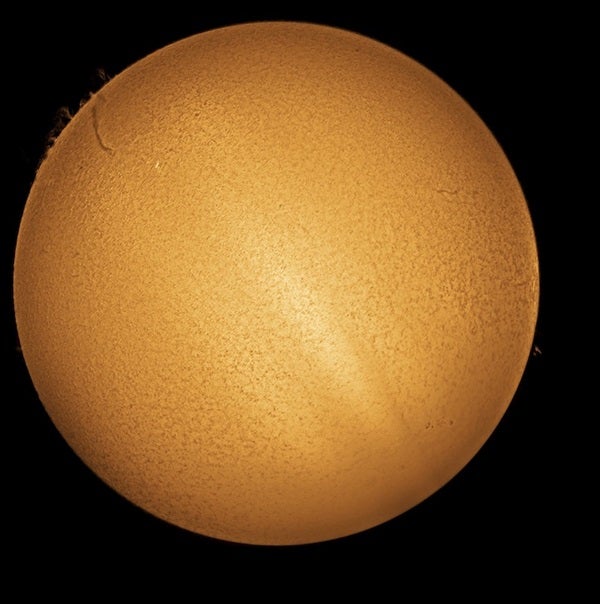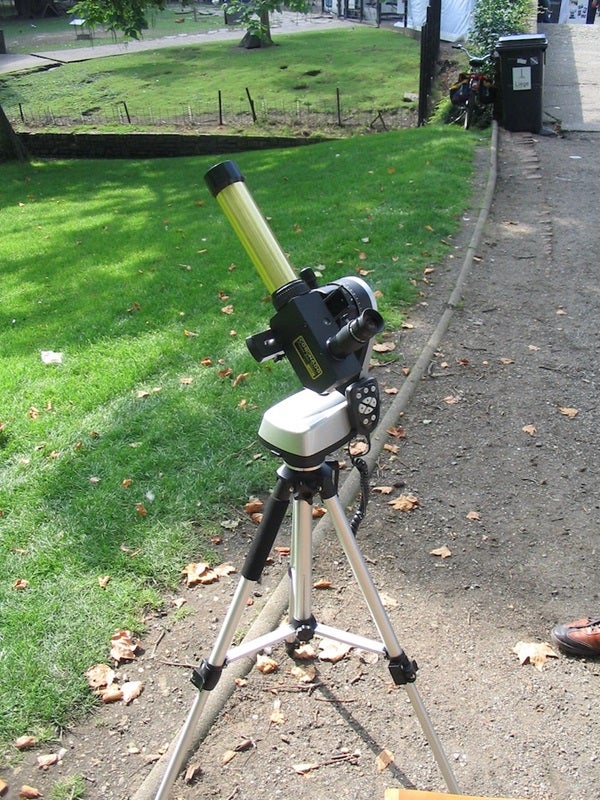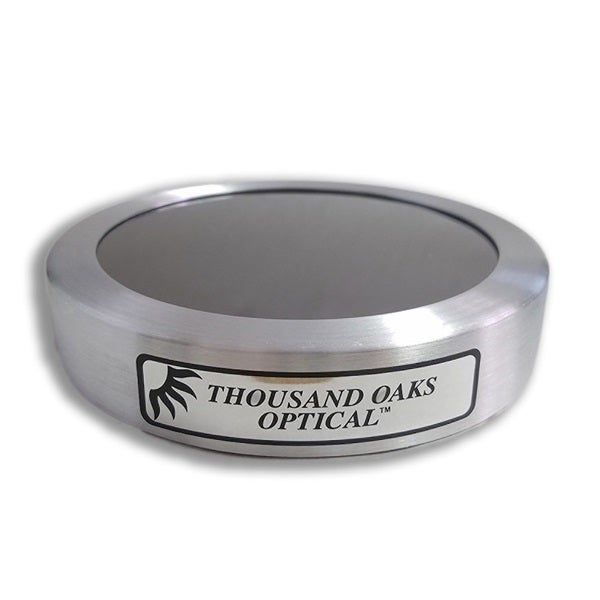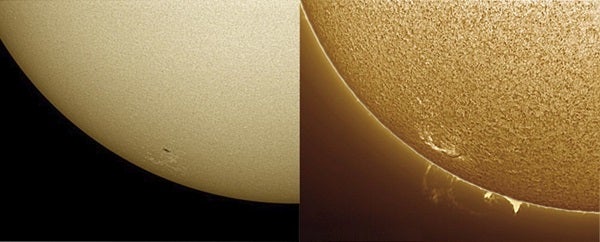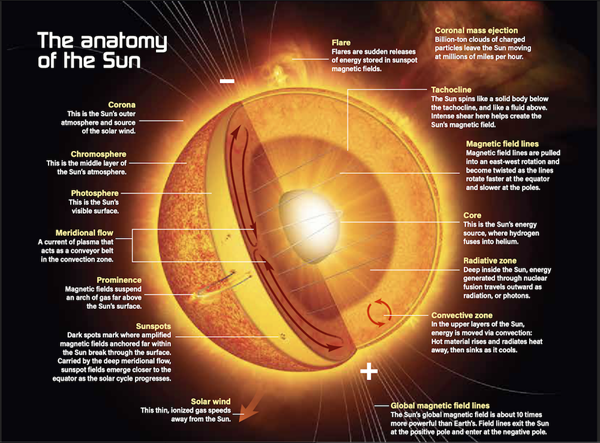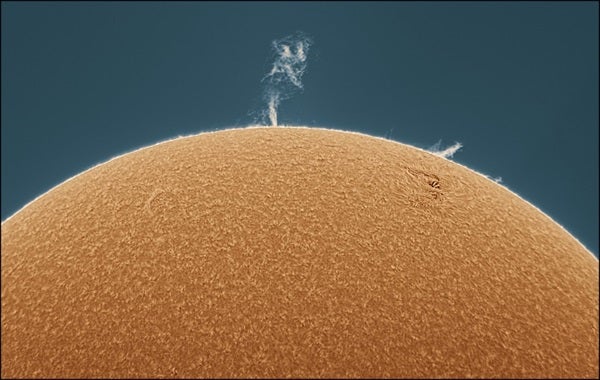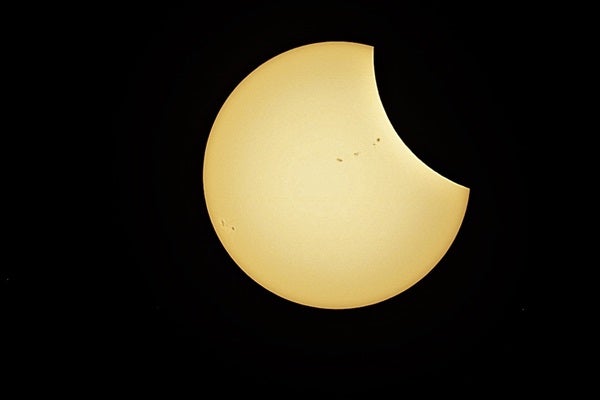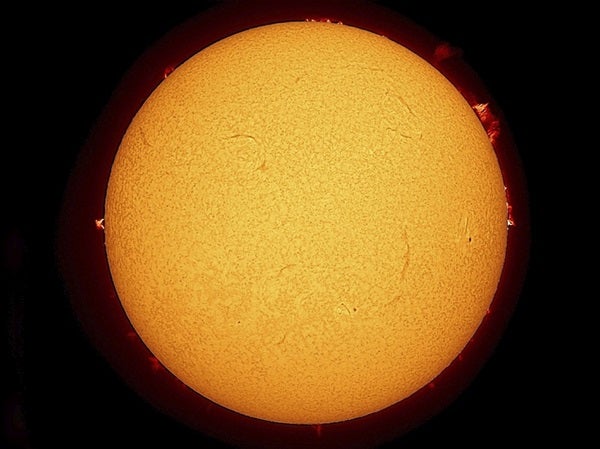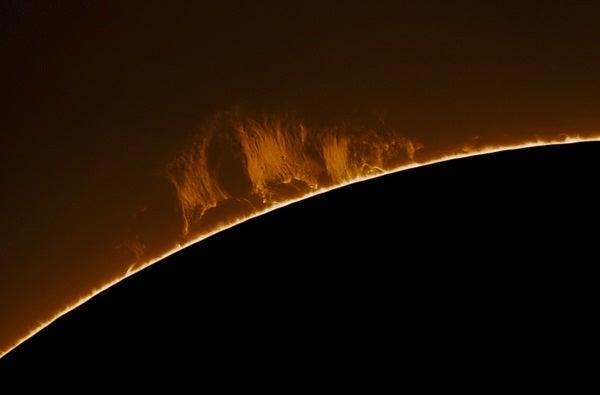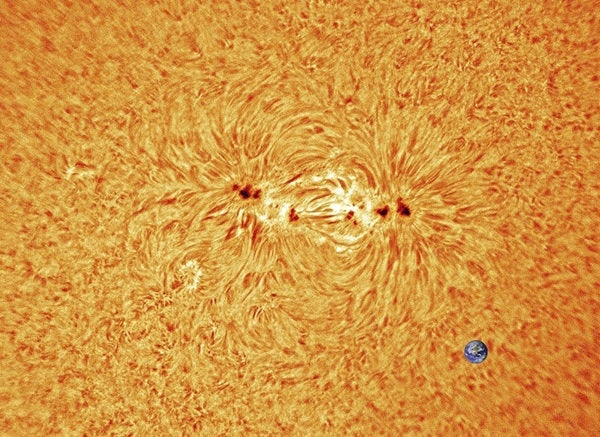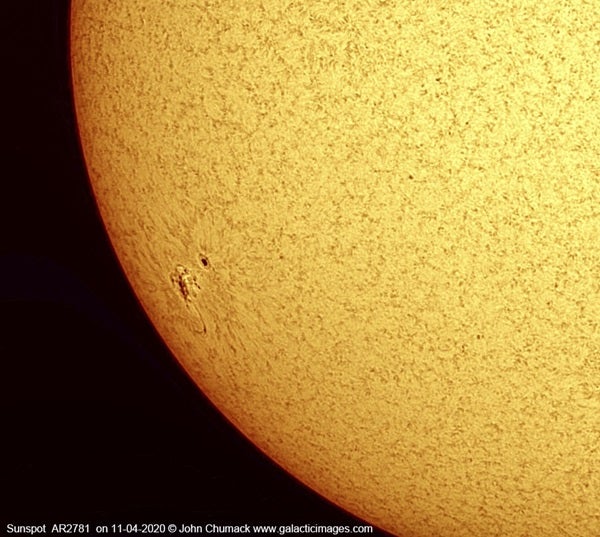For many, astronomy is a late-night pursuit. We anxiously wait for Sol to set and twilight to fade before we begin to enjoy the sky. But by doing so, we are missing an amazing matinee every day — one performed by the Sun.
Our star is the perfect target for observers. No chart is needed to find it. You can’t beat it for convenience. And light pollution doesn’t even enter into the equation. With the Sun, there’s no need to pull an all-nighter. Best of all, it is always changing. While most distant deep-sky objects appear static over the course of a human lifespan, the Sun changes every day. That makes it exciting to watch!
But in order to enjoy the show, you need to come prepared. The Sun is the only celestial object that can easily do you harm. The same solar rays that cause sunburn will also burn your eyes’ retinas — at least, without proper precautions. We hear these warnings from our parents when we’re young and in the news before every solar eclipse: Never look directly at the Sun. So, in order to safely practice solar viewing, you’ll need the right equipment.
Most experienced Sun-watchers prefer specially designed solar filters that reduce the Sun’s energy to harmless levels. Filters come in two main categories: First are white-light filters. These block 99.999 percent of sunlight to allow us to see the Sun’s visible surface, or photosphere, revealing wonderful views of constantly evolving sunspots. Second are Hydrogen-alpha (Hα) filters. These block all wavelengths of sunlight except for one — the wavelength emitted by hot hydrogen atoms. Hα filters reveal details on the Sun that are invisible using white-light filters, including flamelike prominences and intricate bright threads called solar plages, which are usually found near sunspots.
White-light filters
Known as “aperture filters,” white-light filters fit over the front of a telescope in order to reduce the Sun’s energy to a safe level before it enters the optical system, including your eyes. They are commonly made from glass or a polymer material, such as Mylar, and fit securely on a telescope or binoculars (although you will need two filters for the latter, one per barrel).
White-light filters should only be purchased from a reputable source. Some of the most popular include Astrozap (astrozap.com), Baader Planetarium (astrosolar.com/en), Celestron (celestron.com), Explore Scientific (explorescientificusa.com), Kendrick Astro Instruments (kendrickastro.com), Meade Instruments (www.meade.com), Orion Telescopes (www.telescope.com), and Thousand Oaks Optical (thousandoaksoptical.com).
You can purchase a premade filter mounted in a cell and sized to fit over the front of your specific telescope, or you may prefer to buy a sheet of polymer filter material and make your own. To make a homemade filter cell, look for Baader AstroSolar Safety Film 5.0, then visit Baader’s website for detailed instructions on how to construct the cell. Be sure to purchase a filter specified as neutral density (ND) 5.0, not ND 3.8. The latter is designed for photography and is not safe for visual observations.
Before using the filter, make sure to check that it’s still performing properly. While some filters are made to resist scratches, it’s better to be safe then sorry. To check whether your filter is safe, simply turn on your phone’s flashlight and shine it directly behind the filter. If you only see a dim shine, you should be safe. But if you see particularly bright spots or streaks, your filter is damaged and should not be used.
Depending on filter coating, the Sun will appear a different color. Most glass filters create a yellow-orange tint, while many polymer filters provide a white image with a hint of blue.
White-light solar filters let you confirm that the Sun is alive and well, as groups of sunspots trek across its photosphere. These dark blemishes mark regions where disturbances in the Sun’s powerful magnetic field hamper the convective flow of energy from deep within. As a result, that area of the Sun’s surface cools slightly compared to its surroundings. The temperature of the photosphere is 9,900 degrees Fahrenheit (5,500 degrees Celsius), while sunspots are cooler, ranging between about 4,900 F and 7,600 F (2,700 C and 4,200 C). So, sunspots have roughly the same temperatures as the surfaces of the giant, puffy stars Betelgeuse and Antares. But because sunspots are cooler and dimmer than their surroundings, they appear dark through our filters. If you could surgically remove a sunspot and place it alone in the sky, it would appear crimson in color and shine brighter than the Full Moon.
Sunspots can range in size from hundreds to thousands of miles in diameter. Some are large enough to be seen through binoculars — and even with the unaided eye, using proper filtered glasses — but most require a telescope. At magnifications of 50x or more, sunspots reveal two sections. The darker, cooler central portion is called the umbra, while the surrounding lighter ring is called the penumbra. The Sun’s magnetic field lines are perpendicular to the surface within the umbra, while they are angled more obliquely within the penumbra.
Sunspots appear in rapidly evolving groups that typically consist of one or two larger spots surrounded by several smaller members. These groups can transform within hours or days. It’s fun to sketch or photograph their appearances every few days over a month or more. You’ll be amazed at how much they change in size and shape. By tracking them for several months, you’ll also notice that spots at different latitudes on the Sun move at different speeds. The Sun’s equator rotates once every 25 days, while the north and south polar regions take approximately 36 days to complete a full rotation.
You might even begin to notice bright patches near sunspots. Those are called faculae, Latin for “little torch.” Faculae occur above the photosphere and are best seen along the edge, or limb, of the Sun, where their contrast is enhanced thanks to an effect called limb darkening. Limb darkening is the result of us seeing cooler, dimmer gas in the outer layers of the Sun as we look along the solar limb, instead of the hotter gas that we see deeper inside the Sun when we look directly at its central region.
The Sun’s photosphere may appear smooth at first, but up close, we see it is comprised of countless tiny grains called granules. Each granule, measuring a little larger than Texas, is a convective cell of heated plasma. As the plasma rises to the top of the photosphere, it cools. This causes it to sink back into the photosphere, where it’s reheated and recirculated, like a pot of boiling water. Because solar granules appear so tiny from our distant vantage point, resolving them requires at least a 3-inch telescope, 150x magnification, and very steady seeing conditions.
And, of course, white-light filters are ideal for viewing the partial phases of solar eclipses. The countdown is on for the next Great (North) American Eclipse on April 8, 2024, and people are already making plans. One thing’s for sure: Solar filters are on everyone’s list.
As the Moon slowly encroaches on the Sun during an eclipse, use a white-light filter and carefully view the edge of the Moon at 100x power or more. You will immediately notice its craggy profile, much like a sawtooth. Those are the many hills, valleys, and craters that lie just at the brink of visibility bordering between the near side and the far side of our satellite. Watch as those lunar “teeth” cut across the Sun’s disk, cleaving through sunspot groups visible at the time. If you happen to have access to a detailed map of the Moon’s exact orientation at the time of the eclipse, also try to identify which lunar features are silhouetted. One source of such maps is the Virtual Moon Atlas, which is free to download from https://ap-i.net/avl/en/start. — P.H.
Hydrogen-alpha filters and scopes
Back in the day, viewing the Sun through a special Hα filter was something exotic, available only to institutions and wealthy amateurs. Over time, however, their prices have dropped, and they are now surprisingly affordable. Brands including Coronado (www.meade.com/solar/solar-scopes.html), DayStar (farpointastro.com/products/solar-viewing) and Lunt (luntsolarsystems.com) sell Hα filters for amateur instruments, as well as dedicated Hα telescopes.
That’s fortunate, since this wavelength is where the action is. Even when the Sun appears barren through white-light filters, Hα filters give us a ringside view of the Sun’s magnificent chromosphere, the layer directly above the photosphere. Like sunspots, Hα features come and go depending on solar activity.
The most spectacular Hα features are prominences, flamelike protrusions that gracefully reach out from the solar limb. Even the smallest of these prominences would tower over our entire planet. Some extend from the edge of the solar limb like a grove of trees along a distant horizon. Others hook and loop away from the disk, forming giant arcs. When observing the Sun, keep tabs on these features throughout the day and you will see that their structures can dramatically evolve.
If a prominence appears along the trailing edge of the Sun, solar rotation can carry it onto and across the disk. As a prominence moves across the face of the Sun, it appears dark thanks to its contrast against the brighter chromosphere. This creates what looks like a shadowy solar serpent known as a filament.
Also keep an eye out for bright patches across the photosphere called plages, which occur where a magnetic disturbance has broken through the photosphere. Plages often coincide with sunspot groups, although they may also appear alone.
The most dramatic and rarest Hα events, however, are solar flares. These sudden, violent eruptions occur in and around sunspot groups, resembling rivers of white-hot lava flowing between the spots. Flares usually last between five and 10 minutes, although some may last for several hours. Despite their brief existence, individual solar flares release enough energy to power the United States for roughly 100,000 years. They also release a flood of charged particles, and if the aim is just right, these particles will be drawn to Earth’s two magnetic poles. As they collide with our upper atmosphere, the air molecules glow, creating the beautiful aurora known as the northern and southern lights.
Finally, while all these Hα solar features come and go, spicules are always visible. These jets of plasma jut upward from the chromosphere all around the edge of the solar disk. At lower magnifications, they’re reminiscent of peach fuzz. But increasing to 150x power or more will resolve individual spicules, which allows you to watch them change before your eyes.
If viewing all these amazing solar features interests you, make sure to pay extra attention to your Hα filter’s bandwidth — the range of light frequencies that can pass through the filter largely unimpeded. A bandwidth of 3 to 4 angstroms (Å) will reveal prominences, but you will need a filter with a bandwidth no more than 1 Å to spot features like filaments.
Two terrific sources for the latest news on solar activity are https://spaceweather.com and http://halpha.nso.edu. Both show real-time images of the Sun, the former in white light and the latter in Hα. Be sure to bookmark them.
A stellar lineup of varied solar sights awaits us every sunny day. So, make sure to take some time and explore our wondrous host star; you’ll quickly become a Sun-worshipper. Just don’t forget your sunblock.

